Personal Finance
Retirees: 5 Low-Volatility ETFs to Own If You Don't Want to See Your Nest Egg Crash

Published:

Aspiring retirees spend many years saving up money so they have a large enough nest egg for retirement. It’s common for young investors to pour their money into growth-oriented stocks and funds. However, retirees often shift their focus to wealth preservation instead of wealth accumulation.
When that happens, investors become more cautious and look for ETFs that have fewer risks. While most people should have some growth ETFs in the mix, it’s a common practice to gradually increase exposure to low-volatility ETFs as retirement gets closer. These are some of the low-volatility ETFs worth exploring if you want more stability in an uncertain stock market.
Some keypoint here
4 million Americans are set to retire this year. If you want to join them, click here now to see if you’re behind, or ahead. It only takes a minute. (Sponsor)
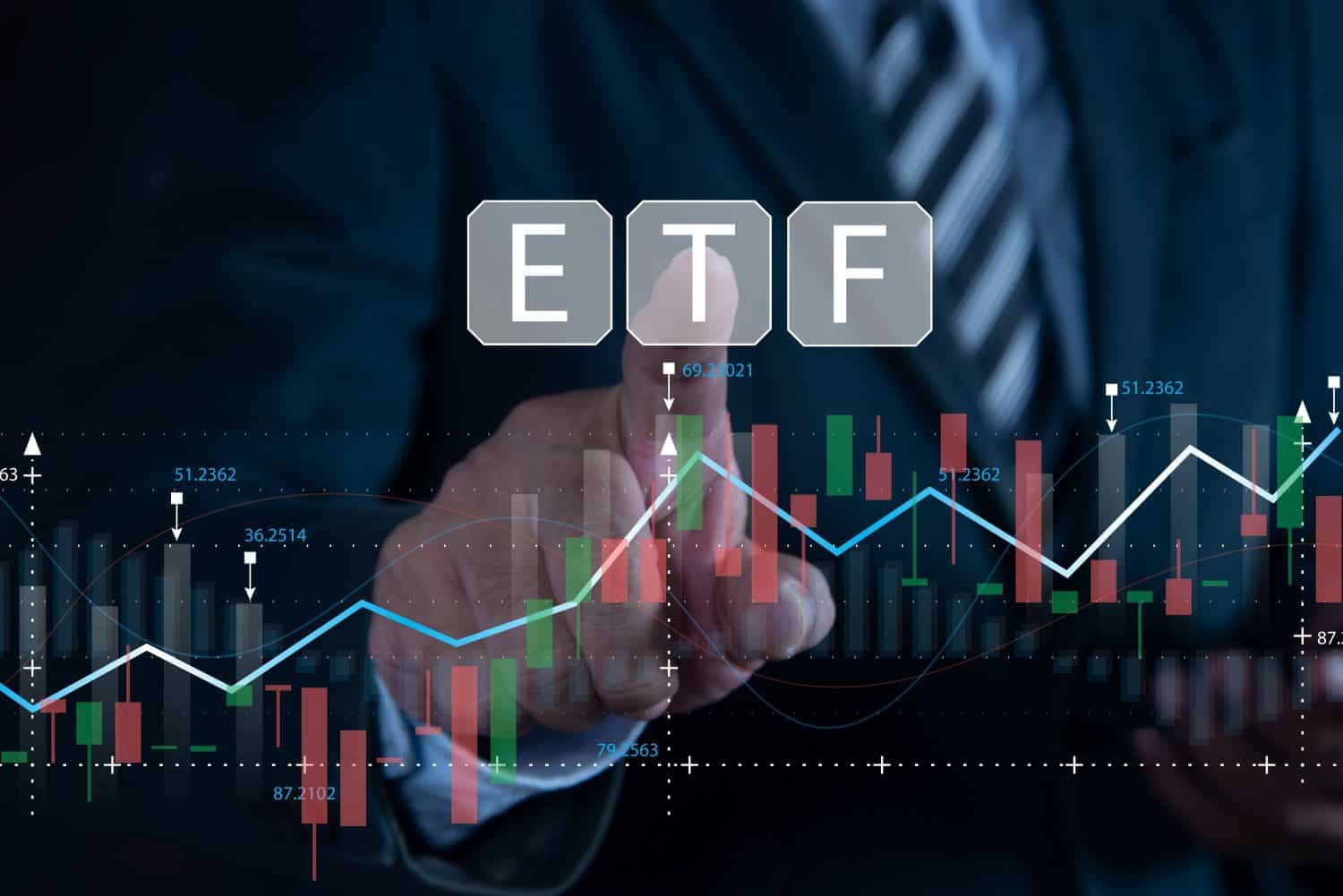
The Invesco S&P 500 Low Volatility ETF (NYSEARCA:SPLV) spreads its capital across S&P 500 stocks that don’t have as much volatility. None of its 100 holdings make up more than 1.5% of the fund’s total assets.
Tech stocks only make up 9% of the fund’s total assets. That’s good for investors who seek lower volatility. Financial services and healthcare are the two largest sectors, making up 20.3% and 14.6% of the fund’s total assets, respectively.
SPLV has a 0.25% expense ratio and a 1.96% SEC yield. The fund has generated an annualized 5.6% return over the past five years.
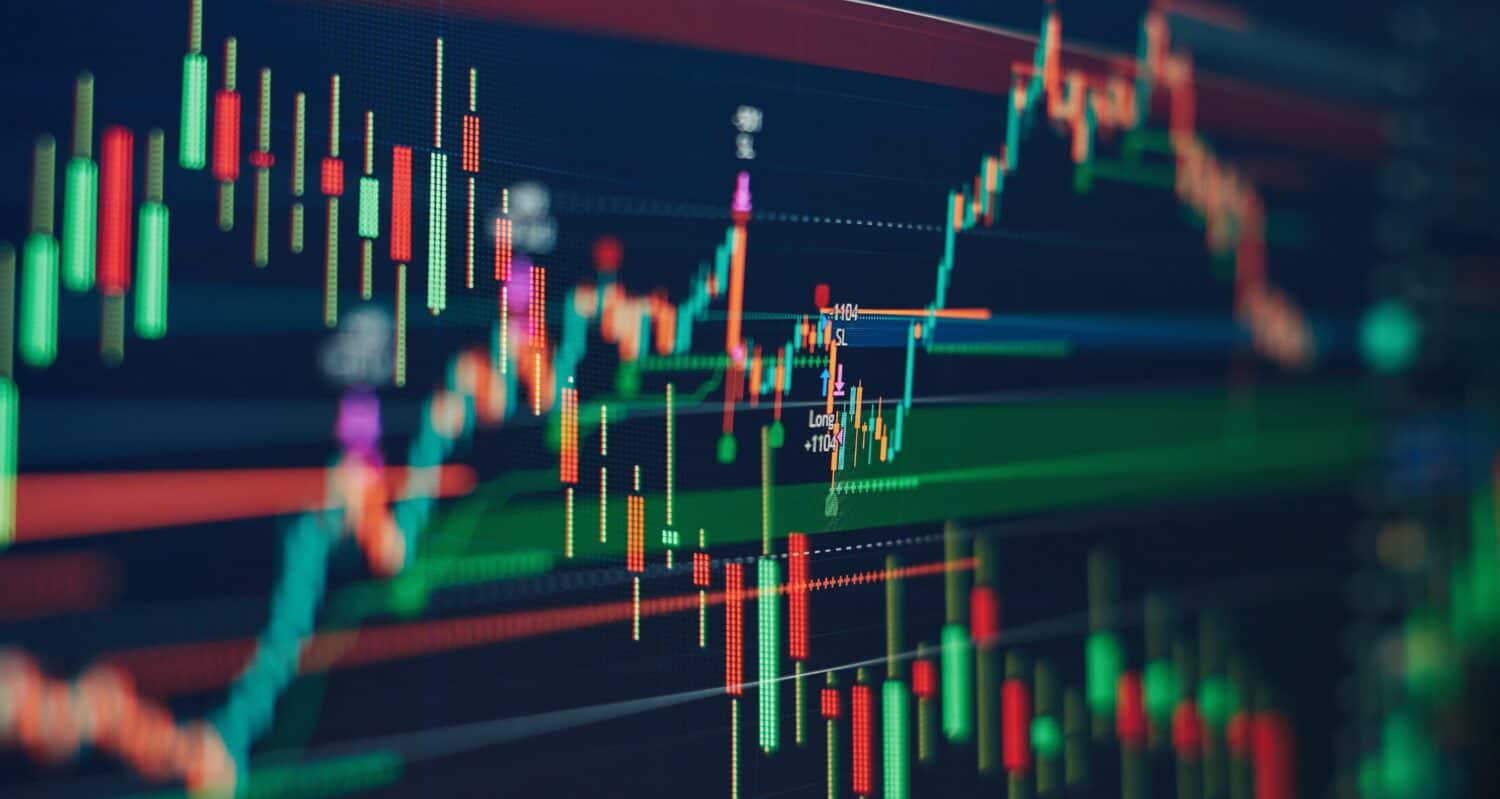
The Vanguard U.S. Minimum Volatility ETF (BATS:VFMV) invests in U.S. stocks that have lower volatility rates than the broader market. Industrials and tech are the largest sectors, making up 19.7% and 16.5% of the fund’s total assets, respectively.
The top 10 holdings only make up 15% of the fund’s total assets, indicating plenty of diversification. The top holdings also consist of high-yield blue-chip companies that typically don’t have exciting price swings in either direction.
The fund has an annualized 8.1% return over the past five years. It has a 1.70% SEC yield and a 0.13% expense ratio.
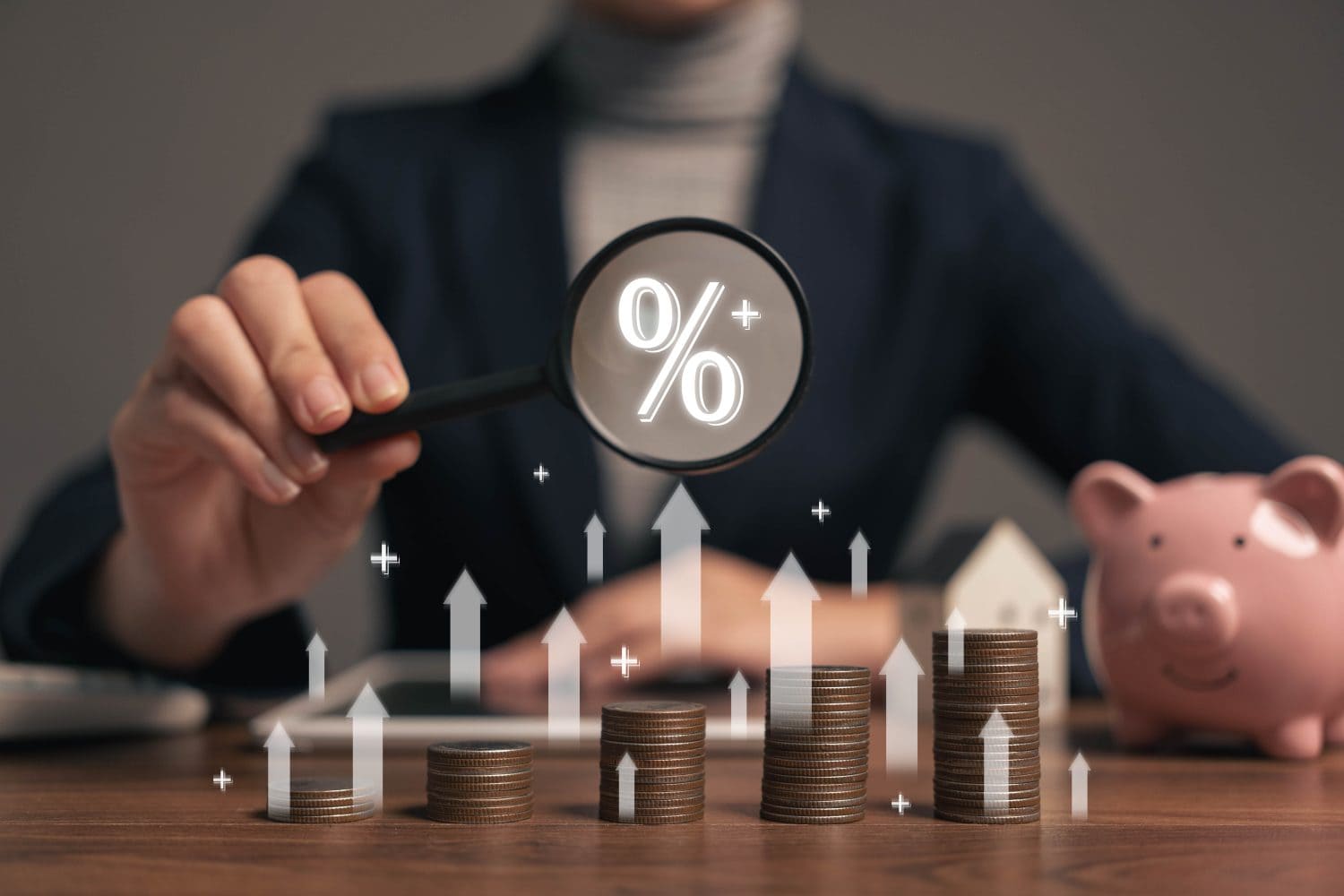
The Schwab U.S. Dividend Equity ETF (NYSEARCA:SCHD) has a 3.70% SEC yield and a 0.06% expense ratio. It’s filled with high-yield dividend stocks and allocates 41% of its assets across its top 10 positions.
Tech only makes up 10.2% of this fund’s total assets. Financial services and healthcare lead the way with 20.3% and 14.6% allocations, respectively. The allocations of these top two sectors are conveniently identical to SPLV’s concentrations in those sectors.
You can still get respectable returns with this fund. It has an annualized 11.6% return over the past five years. Investors who want lower volatility but some growth potential may want to consider this ETF.
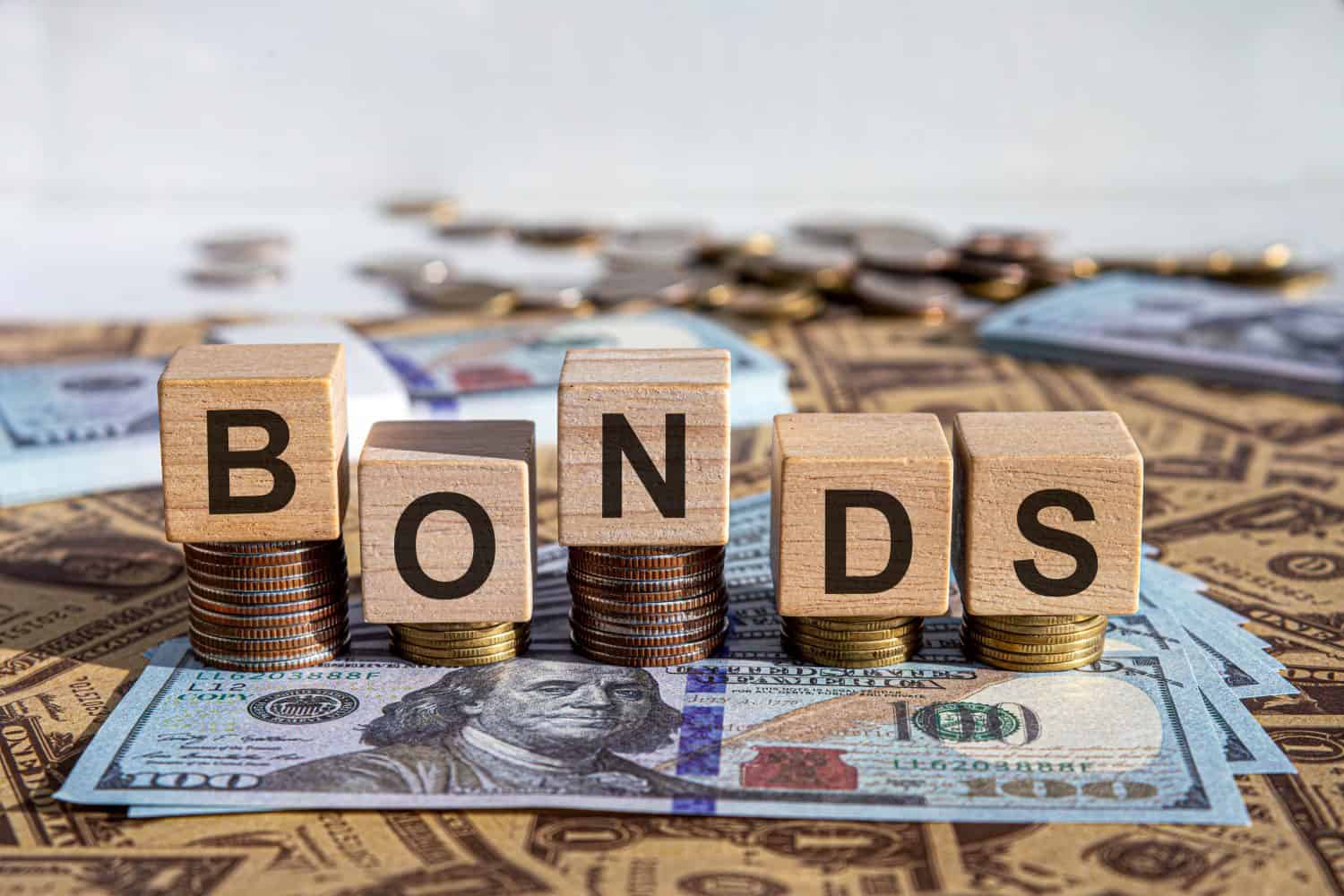
The iShares Core U.S. Aggregate Bond ETF (NYSEARCA:AGG) gives investors exposure to the broad U.S. bond market. It has a 4.60% SEC yield and gives investors exposure to more than 12,000 holdings. Its bond maturities are spread out anywhere from a few months to 20 years. However, the fund puts most of its capital into AA-rated bonds.
Almost half of its bonds are government bonds, while corporate and securitized bonds each make up roughly 25% of the fund’s total assets. AGG has a 0.03% expense ratio and has delivered an annualized 1.2% return over the past decade.
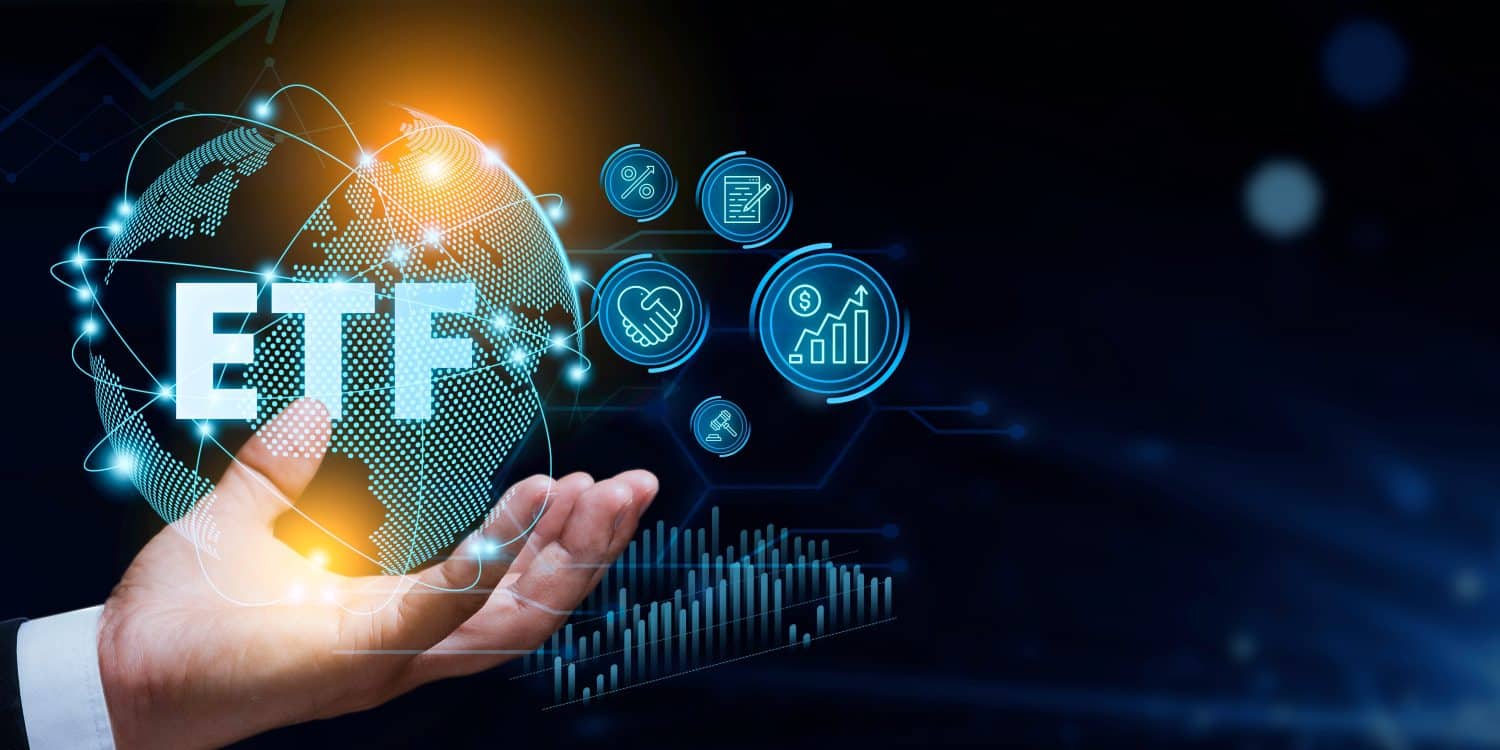
The Invesco S&P 500 High Dividend Low Volatility ETF (NYSEARCA:SPHD) has a 0.30% expense ratio and a 4.23% SEC yield. The fund has generated an annualized 8.4% return over the past decade.
SPHD gives investors exposure to 50 equities and puts 27% of its assets into the top 10 holdings. Tech stocks only make up 4.0% of the fund’s total assets. The two largest sectors are financial services (20.3%) and healthcare (14.6%). A strong focus on those two sectors seems to be a common theme among many low-volatility ETFs.
Retirement planning doesn’t have to feel overwhelming. The key is finding expert guidance—and SmartAsset’s made it easier than ever for you to connect with a vetted financial advisor.
Here’s how it works:
Why wait? Start building the retirement you’ve always dreamed of. Click here to get started today!
Thank you for reading! Have some feedback for us?
Contact the 24/7 Wall St. editorial team.